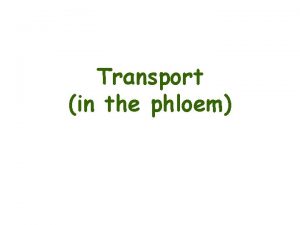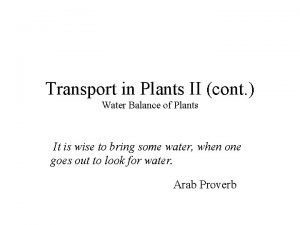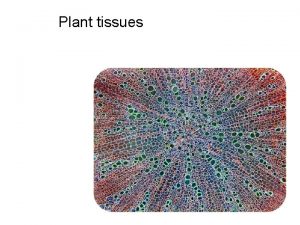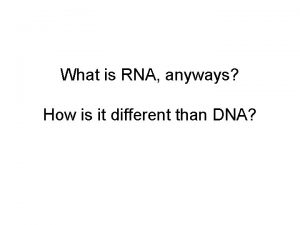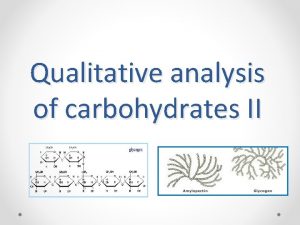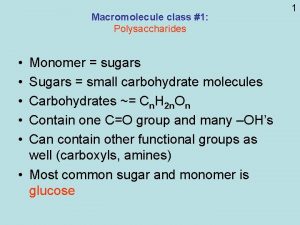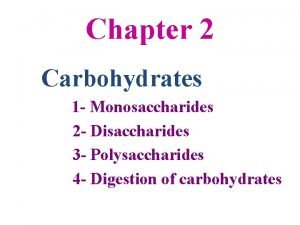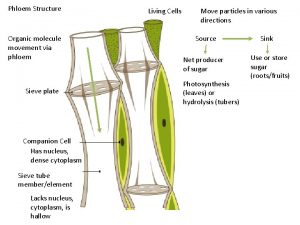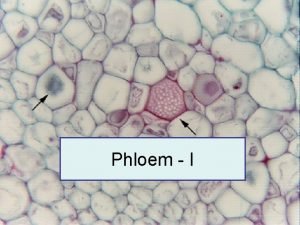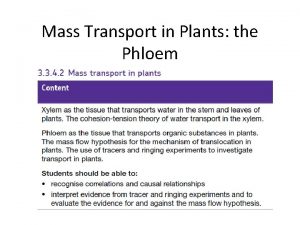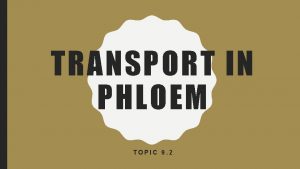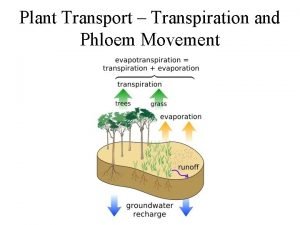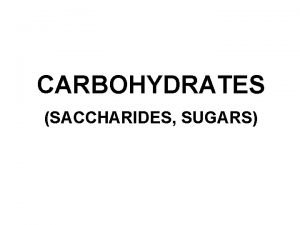Movement in Plants continued Phloem Phloem transport sugars












- Slides: 12

Movement in Plants continued

Phloem • Phloem transport sugars, hormones and other organic molecules throughout the plant. This process is called translocation. • While xylem transport is generally one direction, the transport of materials within the phloem can go in any direction. • In addition, phloem is composed of living cells. • How materials move within the phloem is yet to be determined. • One of the most supported theories is the Pressure Flow Hypothesis, also called the Mass Flow Hypothesis.

• In the leaf, glucose is produced by photosynthesis and is converted into sucrose for transportation. • The sucrose is actively transported into the cells of the phloem. • This lowers the concentration of water in the phloem. • Water from the xylem moves into the phloem by osmosis and increases the pressure in the phloem area. • As the pressure increases, the sucrose will move to areas of lower pressure.

• Once the sucrose arrives at the lower pressure areas it is actively removed from the phloem and into the surrounding cells. • The cells will convert the sucrose back to glucose or another organic compound. • When the sucrose is removed, the pressure drops as water also moves out of the phloem by osmosis.

Tropisms • A Venus fly trap plant is one of the few carnivorous plants that exist. • Through highly sensitive hairs, the lobes of the Venus fly trap can rapidly close upon stimulation trapping the unsuspecting insect or spider. • Once trapped inside, any movement by the insect • This type of rapid triggers the lobes to close movement is seen tighter and digestive enzymes in very few plants. are secreted by glands inside the lobes.

• http: //www. arkive. org/venus-flytrap/dionaeamuscipula/video-00. html • However, all plants show movement in response to an external stimulus like the sun, gravity or touch. • This type of motion is called tropism. • If a plant moves towards the stimulus, then it is a positive tropism. If the plant moves away from the stimulus, then it is negative tropism. • Some parts of a plant may show positive tropism and other parts of the same plant may show negative tropism.

Phototropism • This tropism is a response to light. • The tips and stems of plants demonstrate positive tropism as they grow towards the light. • The roots of plants grow away from the light and are negatively phototropic. • You will recall that the hormone auxin is released to stimulate growth in stem cells that are not exposed to sunlight.

Geotropism or Gravitropism • This type of tropism is affected by gravity. • Roots will display positive tropism and stems and shoots will demonstrate negative tropism. • Charles Darwin was one of the first scientists to identify the growth responses in both roots and stems in relation to gravity.

Thigmotropism • This growth movement is in response to physical contact with another object. • Ivy clinging to the surface of walls is an example of positive tropism. • An example of negative tropism includes roots growing away from objects in the soil.

Hydrotropism • Growth of roots towards water is an example of a positive hydrotropism. • Roots will gravitate towards a supply of water.

Nastic Response • The movement shown by the Venus fly trap is an excellent example of nastic movement. • The nastic movement of plants is not dependent on the direction of the stimulus. • Rather the movements are random and are not permanent.

Homework • Various tropism videos: • http: //plantsinmotion. bio. indiana. edu/plantm otion/movements/tropisms. html • http: //www. nasa. gov/audience/foreducators/ topnav/materials/listbytype/Tropisms_of_Pla nts. html#. VWt 2 rt. LBxj. M

